Free Tropical Runtz seeds on orders over $150!
Autoflower yields get a bad rep, but we’re here to say this is a myth! The explosion of growth in the autoflowering section of cannabis genetics over the past decade or so has been nothing short of amazing. The sheer amount of top-shelf autoflowering cultivars that are now on offer is not only incredible, but it’s also seemingly ever-growing. But, there is still a certain amount of stigma attached to autoflowering varieties that can, and does, prevent growers from truly unlocking their potential.
Autoflowering cannabis crops are often thought of as being something akin to the runt of the litter. Many growers still believe that autos are of lower quality, with smaller yield potentials and lower cannabinoid content than their photoperiod kin.
While this definitely was once the case, thanks to the hard work and dedication of breeders working with autoflowering varieties, this is no longer true. Nowadays, there are a number of “premium” autoflowering cultivars that boast yields and cannabinoid profiles that are just as good as any photoperiod strain.
At the same time, there are still some pitfalls with growing autoflowering cultivars that are important to consider in order to maximize their potential and squeeze every last gram out of them. They should be thought of as a not totally, but somewhat different discipline to cultivating photoperiodic strains.
So, what do you need to do to ensure you maximize your autoflowering yield?
A few things, but nothing overly complicated.
Before we get too far into the weeds, let’s take a step back and look at what sets autoflowering cannabis cultivars apart, and why you need to take a slightly different approach when growing them.
To get a true understanding of how autoflowering strains work, we first need to discuss the lifecycle of photoperiod strains.
Photoperiodic strains rely on light schedules to determine when they will enter the flowering production stage of their lifecycle.
All cannabis varieties, no matter if they are autoflowering or light-sensitive, go through a few distinct growth stages. They start out in the germination phase. This quickly switches over to the seedling stage, which only lasts a week or so.
Once the cotyledon leaves have done their job, and the first set of ‘true’ leaves appear (that classic, jagged-edged, cannabis leaf that we all know – stoner or not), the plant is considered to have entered the vegetative growth stage. This is the first of two main growth phases and is when the plant produces most of its size and structure.
This is followed by the flowering stage. While the plant will still stretch for the first week or two of flower, most of the plants’ energy is now focused on producing those dank, stick, resin-covered buds that are the whole point of growing weed.
As mentioned above (and as the name suggests), photoperiod strains rely on changes in the lighting schedule to make this switch between growth cycles. This happens naturally outdoors, as summer wanes and fall begins to come into full effect. With indoor cultivation, all you have to do is switch the lights off for longer periods each day. To keep a plant in vegetative growth, you just keep the lights on 18 hours a day. Once you are ready for your crop to begin flowering, you simply cut that to 12 hours a day.
Autoflowers, on the other hand, do not require any change in the light schedule whatsoever. They will automatically switch from veg to flower, even if you keep your lights shining 24 hours a day.
This is one of the main reasons autoflowering plants have become increasingly popular over the last 5 years, and this popularity is seemingly untapped.
The fact that you can keep your lights set to any schedule (but usually 20/4 or 18/6) when growing autos make them much more versatile than photos. You can easily set up a single room (or light) perpetual harvest routine, and they are also much less sensitive to light stress issues that cause a range of problems for indoor photoperiod growers.
Are there any drawbacks to this automatic switch?
Sure. Autoflowering plants can lack the size and yields potential of photoperiodic varieties, but only because they just don’t grow for the same period of time. Photoperiod strains can be forced to stay in the veg growth phase for as long as you like (when growing indoors, and even outdoors with the use of supplemental light), meaning they can grow to gargantuan sizes. But this, my friends, takes time.
That said, as we discussed at the beginning of this piece, autoflowering plants still produce great yields with the right cultivation techniques.
Will they match the highest-yielding photoperiodic options available right now?
Yes, if they are grown for the same amount of time.
Actually, a bunch of the newer autoflowering varieties will actually outperform their photoperiod versions when grown in the same timeframe.
Especially if you put a little tender love and care into them…
There are a few simple steps that can be taken by growers of all experience levels to ensure your autoflowering crop has the best chance of producing top marks in the yield category.
Some of these techniques can also boost terpene and cannabinoid production, so think of them as the perfect double whammy.
Autos grow ridiculously fast, meaning they don’t have time to mess about. A bit of a blanket statement, for sure, as there are just so many different autoflowering options out there right now – but, in general, autos will go all the way from seed to harvest in anywhere from 9 to 12 weeks.
This is due to the fact that they will usually enter the flowering period after just 3 to 4 weeks of veg growth. While this is one of the huge benefits of growing autos, it does come with a caveat. As we just mentioned, you don’t get the same amount of time in veg as you would with photoperiod varieties. This means they do not have the same amount of time to recover from heavy stress.
Anytime you transplant, you are putting the plant under some sort of strain – and this is something autos don’t take kindly to. Stressing plants results in a period of stunted growth, which is totally fine for photos as you can just extend the veg period for a few days to compensate. Not the case with autos, not at all.
So, avoid transplanting your auto crop by starting the out in the pots they will finish in.
You don’t have to go crazy here. Remember, autos only grow for a finite period, so you don’t need to give them 20-gallon pots to fill. Most autos will hit their peak in a 3 to 5-gallon pot (that’s around 11.5 to 16 liters). We have great success with 15-liter pots, and that’s the sizing we usually use for autos, no matter if they are growing indoors or outdoors.
This is more than enough room for the roots to fully develop.
Following on from the last point about never over-stressing autos, it’s important to pick and choose the correct training techniques and implement them carefully.
Its rarely recommended using High-Stress Training (HST) with autoflowering varieties. We’re talking about stuff commonly used with photoperiodic strains – such as topping, dimming, super cropping, and the like. Think of your autos as princesses, and treat the accordingly.
That’s not to say that you shouldn’t try to manipulate the plant structure or growth pattern at all. You just need to be very cautious and use Low-Stress Training (LST) techniques. What we suggest is to just set up a ScrOG screen before the plants get too big, and carefully train the main stem and branches through the screen (or net).
This allows you to keep the entire canopy at one single height, which promotes more even growth throughout all the budding sites, instead of the plant favoring the main cola. This more even spread of growth hormones, nutrients, and light can result in up to a 25% boost in the final dry weight. It also spreads the canopy out, which allows for much better airflow, reducing the chances of mold issues, and allowing more oxygen and C02 to penetrate the flowers.
That really just depends on your levels of expertise, and how well you understand the particular strain that you are growing.
If you are new to the game, you can also just use the tie-down method. This works in a similar way to ScrOGging, but instead of using a screen to even out the canopy, you simply tie down the main stem and branches to distribute growth more evenly.
If you have a bunch of grows under your belt and have a firm grasp of how a particular cultivar grows, then you can think about using some heavier training methods. All it takes is a quick google to find grow diaries that shower growers having great success with topping autos, but there are also a bunch of examples where it went in the totally other direction.
There is a huge range of pot options out there, and they are anything but equal.
Can you get great results in cheap, plastic pots?
Yes, of course. But you will almost always get better results with pots that offer hige levels of root zone oxygenation and drainage, like fabric pots or air pots.
Fabric pots offer great drainage and aeration, thanks to the fabric “sides”. This promotes a much healthier root zone environment and allows the roots to breathe, which in turn stimulates growth.
Air pots are a great option too. They feature specially designed bases and walls that create air-filled chambers around the roots. This allows oxygen and nutrients to penetrate much deeper into the root zone than with a regular pot.
Both these pot options air prune the roots. Air pruning is a process where the root tips come into direct contact with air, which causes them to dry out and essentially die. Sounds rough, right? Its actually a positive, as this promotes new lateral root growth and can increase the root ball size by up to a third.
Bigger roots, bigger plants, bigger yields!
Variety is the spice of life, but if you are looking to maximize your autoflowering yield then it’s best to choose strains that have been bred to flower in abundance and to focus your efforts on just a few strains at most.
Every strain is different, and some are more suited to certain growing methods than others. It would be beneficial to research the strain you plan on growing thoroughly, and if possible, talk with other growers who have had success with it in the past.
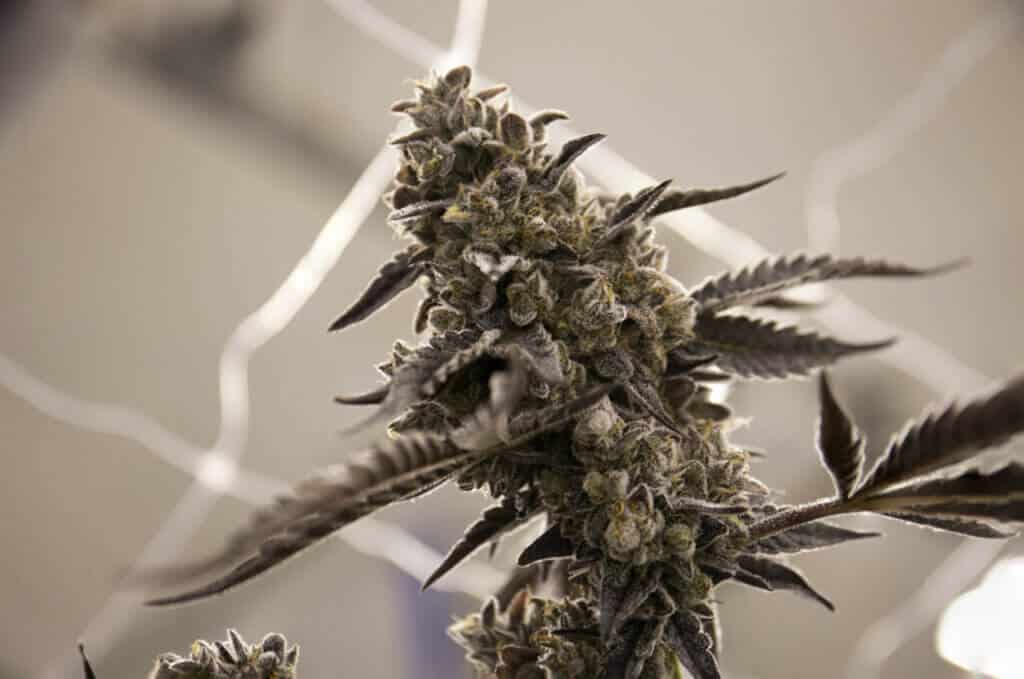
One of the surefire ways to boost your yield potential is to grow the same strain over multiple grow runs. As you get more hands-on experience with a certain strain, you will inevitably come to understand the intricacies of that particular cultivar. This allows you to fine-tune your cultivation techniques to that one strain in particular, which should result in larger yields with each grow.
The are loads of big-bud auto options available. Some of the best strains on offer right now include
If yield size is your main focus, we suggest moving away from organic soil cultivation and having a look at hydroponic options. Hydroponic growing removes plants’ reliance on the soil and effectively eliminates potential issues caused by an unsuitable substrate. They also allow a much higher degree of control over the root zone environment and the nutrients supplied, giving you the ability to massively increase yields.
There are so many different hydroponic methods out there that can be adapted to autoflower cultivation. Some of the most popular include deep water culture (DWC), ebb and flow, drip irrigation, and aeroponics. Each one offers its own unique benefits, but they can be a little daunting – especially for the newbies among us.
If you want to give hydroponic cultivation a crack, but still feel more comfortable with the idea of soil cultivation then you should check out coco-coir. This growing medium is a combination of coco coir (the ground up, outer husk of coconuts) and perlite – which are both totally inert. This simulates the consistency and structure of soil but offers improved drainage and aeration, and allows you to have complete control over the nutrition – ideal for autoflowers.
Following on from the last point – if you do decide to go down the hydroponic route, it’s vital that you use high-quality, hydro or coco-specific nutrients. These come in all shapes ad sizes, but if you want a bumper crop then we suggest sticking to one of the top brands.
There’s a bunch to choose from, and there may be a great local option available to you. But, if you are wanting the best chance at success then we suggest checking out brands like CANNA, House and Garden, DynaGro, Botanicare, Fox Farms, and General Hydroponics.
Once you have your nutrient of choice, it’s important to work out the correct levels for your plants – as overfeeding or underfeeding can be detrimental to growth and yields. Autos are more sensitive than photos, so we always suggest starting off low with everything and then building up cautiously and meticulously until you find the ‘sweet spot’. 1/4 dosage is a good place to start.
Grab a good TDS measurement tool and a pH pen. Both of these are 100% needed to ensure the nutrient solution you are providing to your crop is within the optimal range.
Once you have dialed in your nutrient levels and pH level, keep a close eye on everything throughout the grow cycle and adjust as needed. This is an essential part of ensuring a stress-free environment and providing your plants with the best possible chance at producing maximum yields.
You can also consider throwing in a flower boosting additive.
Overwatering is one of the most common mistakes that inexperienced growers fall into. It’s no surprise really, as supplying a large amount of water seems like the right thing to do.
It’s actually the opposite.
You want to create a wet/dry cycle for the root zone to ensure that oxygen can reach the roots to lower any chance of root rot, which will kill your entire crop. This cycle also promotes more robust root growth, as the roots are forced to expand and search out the moisture they crave.
Autoflowers are particularly sensitive when it comes to overwatering, so it pays to be extra vigilant. We suggest keeping a schedule of what day you water – then check back each week.
Since it’s commonly referred to as weed, you would think cannabis would flourish under almost any environmental conditions, yeah?
Nope. Sure, you can grow weed in a huge range of surroundings, but if you want to ensure maximum yields then you need to create an optimal environment for your crop.
This means providing enough light, regulating temperature and humidity levels, and maintaining a consistent air exchange. Autos prefer temperatures between 68-77 degrees Fahrenheit (20-25c) with the humidity starting at around 60% for seedlings, and slowly dropping down to around 45% by the time they are ready for harvest.
For lighting, you want to use high-quality LED panels, and keep them on for either 18 or 20 hours per day for the whole run.
Finally, in relation to air exchange; this is essential for healthy plant growth. Giving your crop access to fresh CO2 as well as getting rid of old, stagnant air is absolutely vital for yield maximization. We suggest fitting an intake and extraction system that includes a carbon filter to give your crop the best chance at producing maximum yields.
Grow journaling may sound like a bit of a nuisance, but trust us when we say they are honestly one of the most important factors to long-term cultivation success.
A good grow journal should include notes about your water schedules, nutrient levels, and pH readings, as well as temperature and humidity levels throughout the day. All of this information will give you the ability to pinpoint any issues that may arise in future grows – so don’t skip it!
There you have it – a comprehensive guide on what you need to do to ensure your autoflower growth is a success. Whether you opt for soil or hydro, it’s important that you create the perfect environment for your plants and adjust nutrient levels accordingly.
Always remember that autoflowering cannabis strains are a little more sensitive that their photoperiod cousins. Treat ’em mean, keep ’em keen is not applicable here.
But, if you handle them like the queens they are, and give them everything they could possibly desire – you’re in for a huge amount of dense, dank, stickiest of the icky once harvest time comes!
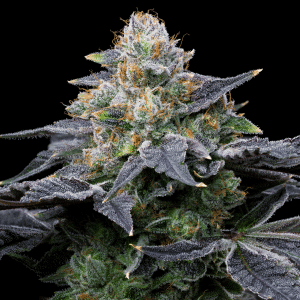
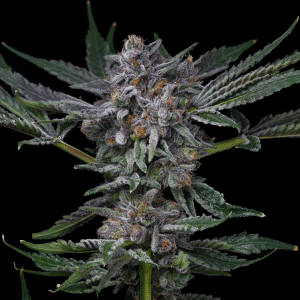
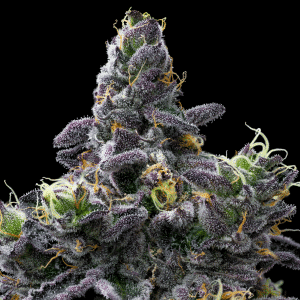
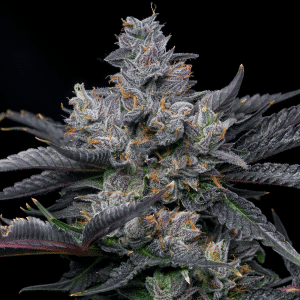
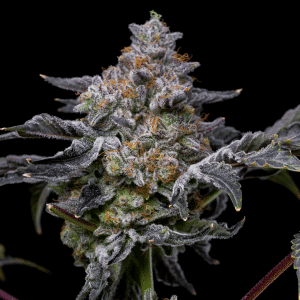
Offers
This product is not for use by or sale to persons under the age of 18. This product should be used only as directed on the label. It should not be used if you are pregnant or nursing. Consult with a physician before use if you have a serious medical condition or use prescription medications. A doctor’s advice should be sought before using any hemp products. All trademarks and copyrights are property of their respective owners and not affiliated with nor do they endorse this product. These statements have not been evaluated by the FDA. This product is not intended to diagnose, treat, cure or prevent any disease. By using this site you agree to follow the Privacy Policy and all Terms & Conditions printed on this site. All products contain less than 0.3% Cannabinoid-compliant with applicable Federal Laws. Please make yourself aware of any and all applicable laws regarding hemp in your jurisdiction. Premium Cultivars accepts no liability or responsibility regarding germination laws in any specific locale state or national jurisdictions.THCA products are not available for shipment to the following states: Hawaii, Idaho, Minnesota, Oregon, Rhode Island, Utah, Vermont *Note: Products with Total THC content above 0.3% must not be shipped to these states.
We want to help you get your hands on the seeds you want, take 20% off your next purchase when you enter your email below!
We want to help you get your hands on the seeds you want, take 20% off your next purchase when you enter your email below!